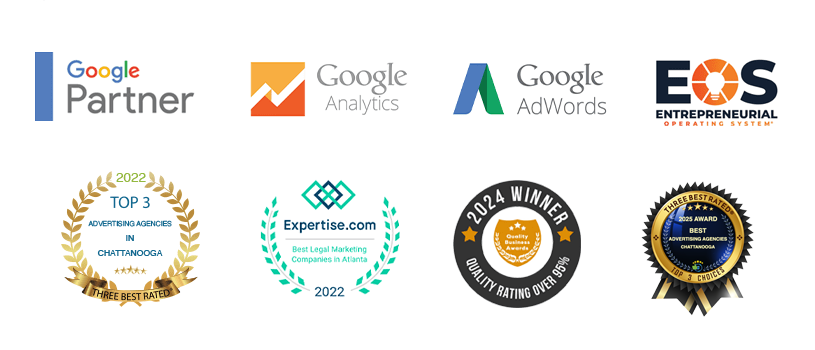Keeping It Real: How a 140-Year-Old Business Stays Relevant
Every business has a story, but not many last for 140 years. That’s exactly what Fowler Brothers Home & Patio has done.
On this episode of Spectruss Speakeasy, I sat down with Carter Fowler, the fifth-generation owner and CEO, to talk about what it takes to build a brand that lasts. Whether you’re running a family business or launching something new, this episode is packed with real-world lessons, straight talk, and no fluff.
Making It to the Fifth Generation—A Rare Feat
Less than 1% of family businesses make it to the fourth generation, let alone the fifth. Fowler Brothers is one of those rare ones.
Carter broke down how his family has stayed relevant, sticking to quality, keeping things consistent, and being willing to change when needed.
“We used to draw our ads by hand for the newspaper. Now, digital marketing is instant, but the message is the same, quality and trust.” – Carter Fowler
Branding That Stands the Test of Time
A strong brand builds trust. If your messaging, visuals, and tone change constantly, customers get confused. Carter and his team have avoided that trap.
One big change? We helped rebrand Fowler Brothers from “The Furniture Shop & Patio Shop” to a simple, recognizable brand that feels modern but still honors their history.
“Your brand is the story people tell about you when you’re not in the room. Make sure it’s a good one.” – Sam Silvey
Old-School Business Meets Digital Marketing
For decades, Fowler Brothers tracked marketing by hand—billboards, newspaper ads, you name it. Then, we helped them move to digital. Now they’re running:
- Social media campaigns
- Video marketing for TV & web
- SEO-focused website content
- Google Ads and local search strategies
The takeaway? The way you market changes, but the need to build trust and tell a strong story stays the same.
“The tools have changed, but the principles haven’t. You still have to show up, tell a great story, and build trust.” – Carter Fowler
Location, Experience, and the Human Connection
Fowler Brothers has a prime location in Chattanooga, 80,000+ cars drive by every day. But a great spot isn’t enough. They make sure their in-store experience stands out:
- People can actually touch, feel, and test the furniture.
- Staff is trained to help customers find exactly what they need.
- Hassle-free delivery and setup keeps things smooth.
“People come into our store and say, ‘I saw you on TV, and you act the same way in person.’ Well, yeah, because it’s real.” – Carter Fowler
Growing Without Losing the Personal Touch
Scaling a business can make things feel corporate. Carter makes sure that doesn’t happen.
Here’s how we help brands stay personal even as they grow:
- Automated but personalized email and SMS marketing
- Local SEO that brings in the right audience
- Story-driven content that keeps the brand human
“The best businesses don’t feel corporate. They feel like they’re run by real people who care.” – Sam Silvey
Lessons for Business Owners
Some straight-up takeaways from this conversation:
- Keep your brand consistent everywhere—online, in-store, and in marketing.
- Data is useful, but gut instinct still matters. A mix of both wins.
- The customer experience should always be a priority.
- Digital marketing moves fast—adapt or get left behind.
- Be real. People connect with authenticity, not corporate buzzwords.
Carter’s mindset? Simple: Do what it takes. That’s how you make things happen.
If your business needs a fresh brand identity, a stronger online presence, or marketing that actually works, Spectruss is ready to make it happen.
Let’s talk. Schedule a consultation today!
FAQs
- How do you keep a brand consistent across different marketing platforms?
Stick to the same logo, colors, tone, and messaging. Customers should recognize your brand no matter where they see it. If your Facebook looks different from your website or your in-store experience, it creates confusion. - What’s the biggest mistake businesses make when they grow?
Losing the personal connection. When companies scale, they often get too focused on systems and forget the importance of real human interaction. Automation is great, but it should enhance relationships, not replace them. - How can a local business compete with big online retailers?
Offer something they can’t—personalized service, real expertise, and a great in-person experience. Customers still want human connection, and that’s something online giants can’t provide. - How important is location for a business today?
It still matters, but digital presence is just as big. You need both—being in a high-traffic area is great, but if people can’t find you online, you’re missing out.
5. What’s the one piece of advice for businesses trying to improve their marketing?
Don’t just focus on selling, focus on building relationships. The companies that win are the ones that make customers feel like they’re part of something bigger.


















